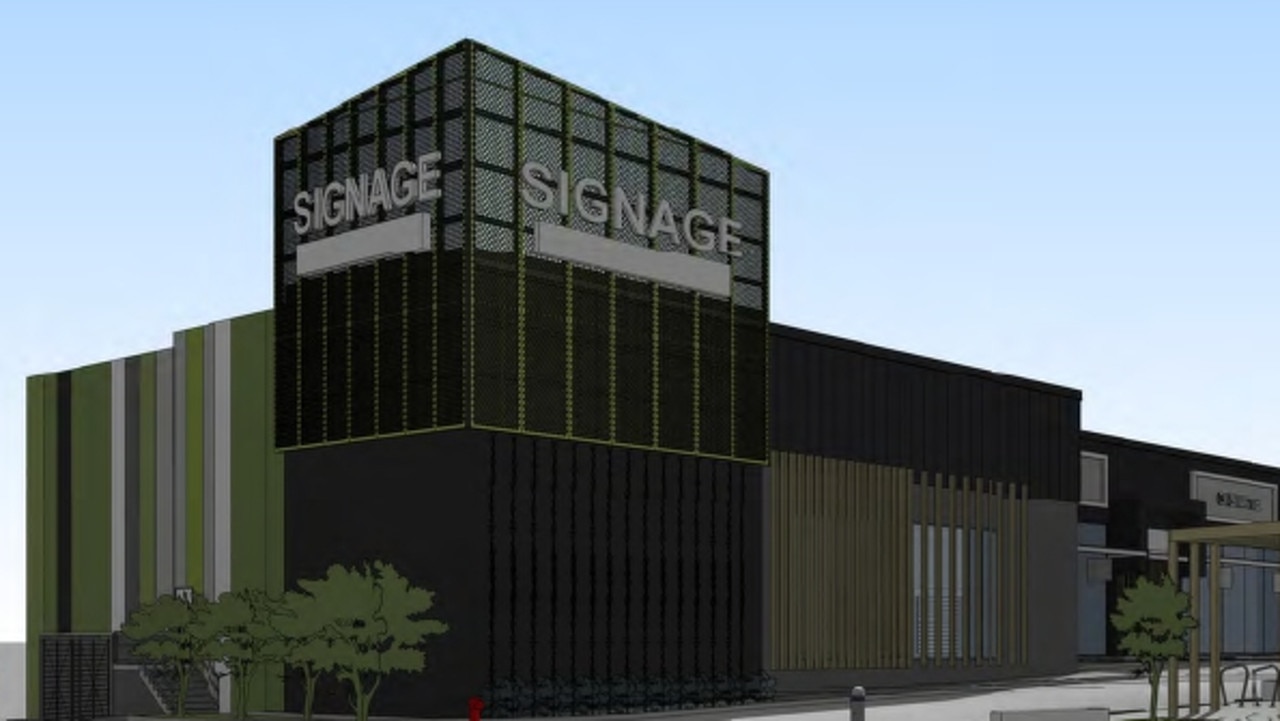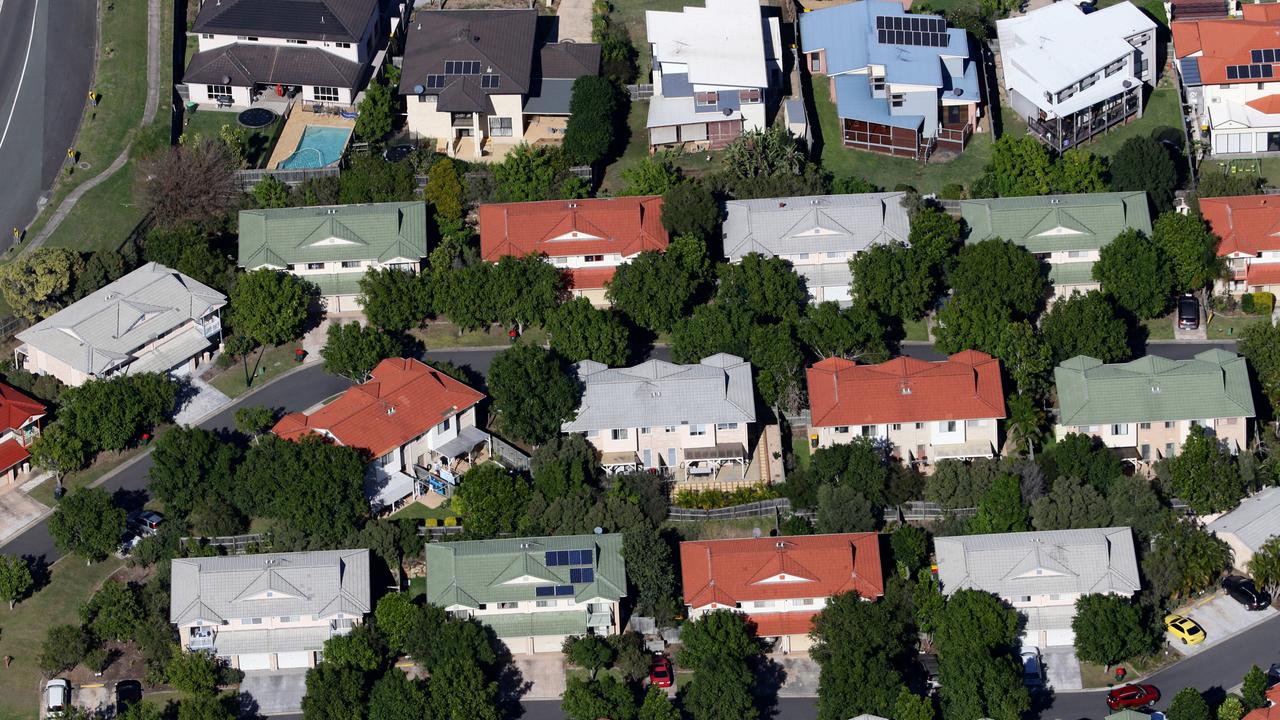Interest rates Australia: $500bn ‘fiscal gutter’ heading homeowners way
As the RBA readies to raise interest rates again, more mortgage pain is heading homeowners’ way but it’s not all bad news.
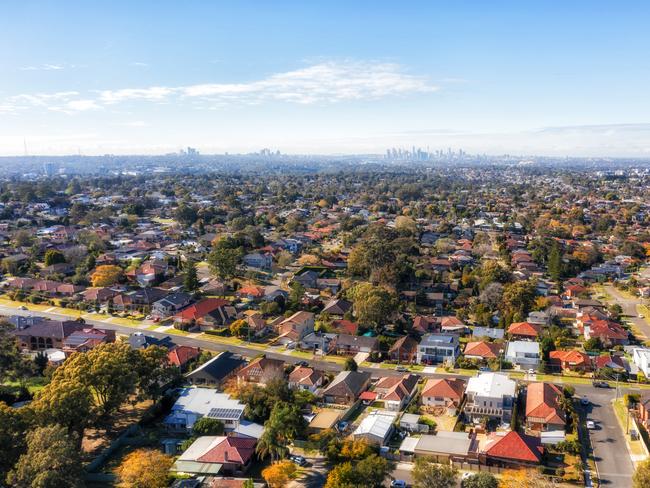
Property
Don't miss out on the headlines from Property. Followed categories will be added to My News.
There’s much anxiety about the borrowers on low fixed-rate mortgages who will be facing much higher home loan rates in 2023.
And just how much higher the rates go is inducing understandable anxiety for all with the RBA delivering the most aggressive interest rate increases in its history.
It’s all been prompting talk of a “fiscal cliff.”
Of course it’s not the first “cliff” of recent times, and it ought be pointed out that past fears just didn’t eventuate. For instance there were cliff fears when the pandemic economic stimulus ended, along with the mortgage holidays for those especially under the pump.
It certainly prompted plenty of pain, but no cliff for the economy.
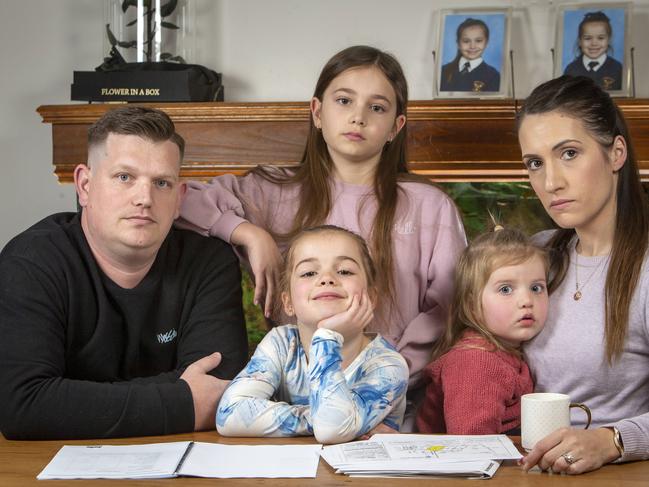
There was also the much anticipated cliff during the interest only to principal and interest conversion period that came after the royal commission prompted the banks to tidy up their loan books.
It likewise triggered pain, but again no cliff for the economy.
Economist Chris Joye at Coolabah Capital reckons with the RBA likely to hike by another 25 bps next month and possibly again in February, there is “undoubtedly a lot more pain to come.”
Writing on the Livewire website, Joye calculates $500 billion in loans being converted from fixed- to variable-rate over 2023.
These households will experience an immediate increase in their mortgages from circa 2 to 2.25 per cent to 5 to 6 per cent.
Roger Montgomery from Montgomery Investment Management doesn’t think the “rate shock” situation will become too dire across the 6 million households with mortgages.
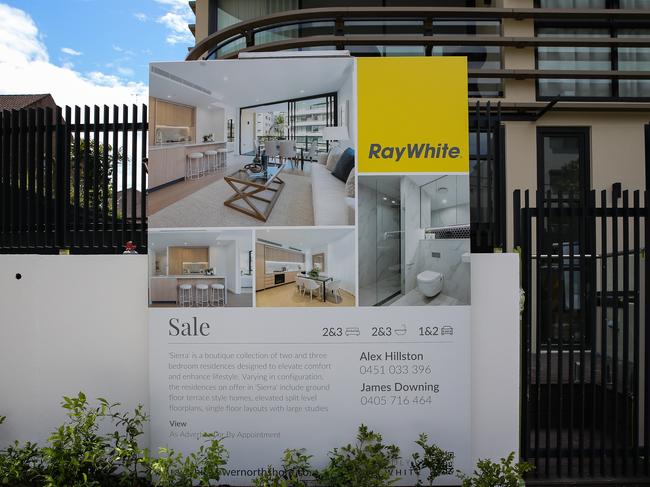
He notes the ABS calculated 799,000 new owner loan commitments taken out during the key 16 months between September 2020 and December 2021, during which between 33 and 47 per cent of loans were at ultra low fixed rates.
Taking out investors and refinancing, Montgomery calculated 100,000 new owner occupier loans. Adding back investment loans and adjusting for those who refinanced, it ends up around 2.5 per cent of all mortgages.
“While these are back of the napkin calculations, I reckon whatever the final number we’re talking less about a fiscal cliff that the nation will have to jump off and more of a fiscal gutter that we’ll probably be able to step over,” Montgomery said.
Against this backdrop, I envisage the consequence will be house prices easing further. Many will need to sell, in more of a buyers’ market given the increased stock levels.

Yes households have got ahead on loan repayments, but the refinancing option is going to be tricky as their current capacity for repayments will be deemed poorer than when last taking out the loan.
Hopefully there will still be an abundance of second job availability for those holding on.
Let’s hope the RBA senses the real underlying consequences for the economy in their upcoming decision making as mortgage payments as a share of household income hit a record high next year.
LAND SALES DEFYING REAL ESTATE DOWNTURN
While dwelling prices are trending downwards across most markets, land sales have been one of the strongest performers.
“An unusually sharp rise in the price of residential land indicates the supply of land is not keeping up with new demand that has emerged during the pandemic,” Nick Ward, the Housing Industry Association senior economist recently said.
Land prices are surging at a time when the number of lots on offer have been declining.
While increasing interest rates, rising construction costs and increased economic uncertainty, has smothered some land demand, the HIA noted those who want to build are finding it difficult to secure lots.
With land often taking a decade or so to move though the development pipeline, it’s unlikely we’ll see any material change in land supply for some time, noted CoreLogic.
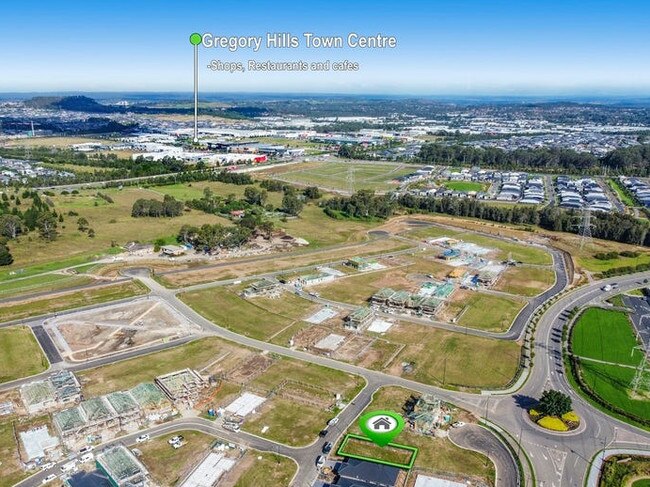
“Land values tend to be a little disconnected from the broader cycle, they are more influenced by scarcity and supply,” said Tim Lawless at CoreLogic.
“I expect we will see underlying land values remaining firm if not growing, while the established market moves through a downturn.”
The HIA-CoreLogic land price index noted median lot prices are up 19 per cent annually – the strongest national growth rate since the boom around 2004.
And the Herron Todd White valuation firm noted the rises in western Sydney have been at three times the national average.
During the pandemic the southwestern Sydney market entry point has moved from $400,000 to $600,000 plus for the standard 300 sqm site, while the greater residential market has been experiencing a softening. The report noted a boost in demand was coming from the Western Sydney International Airport along with the Aerotropolis.
The HTW report noted a 311 sqm vacant building block at 5 Timbs Way, Catherine Field sold in March 2021 for $400,000 and resold in May 2022 for $650,000. It sold after just 10 days on the market. There’s now permission for a $300,000 new build.
Another 60 per cent plus gain came with a 439 sqm Middleton Grange holding sold in December 2020 for $540,000 and resold in June this year for $881,000.
A 372 sqm vacant parcel in Bradbury sold in July 2020 for $345,000 resold in June this year for $575,000, a 66 per cent increase in 23 months.
The lack of stock was driving prices with HTW noting the causes included “developers drip feeding the market; the state government being slow to green light new land releases; and delays in vital services such as sewerage and water.”
However HTW’s Shaun Thomas said that while vacant land prices are increasing, they are still considered “very affordable” when the average price to buy a home in Sydney is now over $1 million.
Sydney building block sales over recent times have ranged from $299,000 for 576 sqm at Wentworth Falls to $4,975,000 for 557 sqm at Bellevue Hill.
GOOD NEWS FOR HOMEBUYERS DESPITE LIKELY JOB LOSSES
Jobs will be the key to retaining home ownership for most of those under the pump during the rising interest rates cycle.
Keeping one’s job has always been the key determinant – and best hope for saving one’s home. And Australians will do almost anything to keep their roof above their heads.
As we stare down a possible recession, it is worth noting it comes at a time of virtual full employment.
It is why Westpac’s chief executive Peter King reckons any sharp decline in house prices will only pose a risk to the economy if it is accompanied by a large spike in the jobless rate.
“I watch unemployment more than house prices,” he told The Australian this week.
“For us to lose money in mortgages it’s normally someone loses their job, someone gets sick, or they get divorced … Maybe income doesn’t keep pace with expenses but we assessed all of the mortgages with interest rate buffers,” King said.

Of course the rapidity of the rate rises has seen that buffer almost disappear.
And while home loan lenders haven’t so far noticed any significant deterioration in their mortgage books, King acknowledges the seven rate rises so far will take time to truly make an impact.
Westpac expects the cash rate to go up to 3.85 per cent from its current 2.85 per cent rate. And Westpac forecast unemployment to rise to 4.5 per cent next year, up from 3.5 per cent, amid historically low unemployment rates across the world.
There’s currently 499,400 Australians unemployed, with the number looking for full-time jobs at 336,400, and part-time work at 163,000.
NSW’s unemployment sits at a record 3.3 per cent low, the lowest rate since monthly records began in the 1970s, and the lowest of all the states.
There are 4,267,000 people with jobs in NSW. There are 148,000 unemployed people in NSW, with Greater Sydney having the bulk with 102,000 unemployed.
With the jobs recovery remaining strong, employment in NSW now sits 157,000 higher than its pre-pandemic level.
Providing a chance for those who want a job – or a second or third income – job vacancies in NSW actually surpassed the number of unemployed people last month. Retrenchments remain an issue, like those laid off this week in the Twitter Australia office.
Some 35,000 were retrenched across NSW in the August quarter, which is on the rise.
But nowhere near the 176,000 that took place in the May 2020 quarter after the onset of the pandemic.
Those redundancies prompted a sharp rise in mortgage stress, which was however offset by the positive uptick through remarkable occurrences arising during the pandemic.
Next year’s deteriorating economic conditions will be more like an old fashion downturn cycle with an increase in listings from homeowners and investors facing financial stress amid weakened homebuyer demand.




